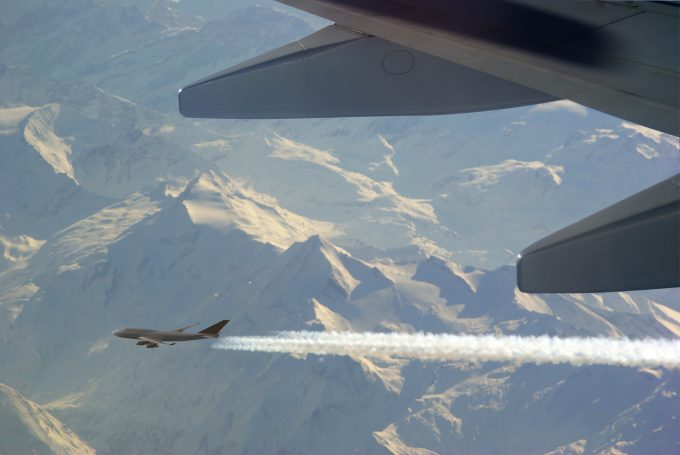Hapag-Lloyd unveils Strategy 2030, with $120m retrofit plan for 'greener' fleet
Hapag-Lloyd and non-operating shipowner Seaspan have announced a $120m investment to retrofit five 10,000 teu ...

Policymakers at the UN’s aviation body, the International Civil Aviation Organisation (ICAO), yesterday reached a new agreement to limit emissions from aviation from 2020 – although the scheme is only set to become mandatory from 2027. It’s great news for environmental campaigners and could pave a way for new agreements in shipping. The agreement does, however, raise the interim problem of what happens to the emissions trading scheme (ETS), which has hitherto only been applied to intra-Europe flights, much to chagrin of European airlines which felt penalised against non-EU carriers. “Following the ICAO agreement, the commission now has to make tough decisions about the future of its ETS. One likely option is to permanently exclude third countries from the scheme. But some fear that, by doing so, the executive will also cripple the scheme for intra-European flights.”
Urgent call for breakdown of cargo onboard as General Average declared on Dali
MSC Aries now bound for Iran, and crisis will be 'a catalyst for higher rates'
Iranian troops seize MSC box ship while Somali pirates net $5m ransom for bulker
Flexport is 'back on track' – now it needs to start growing again
Resurgence of Somali pirates creates another 'danger zone' for shipping
'Slow season' and ocean network stabilisation easing pressure on rates
Bottlenecks and price hikes as airlines now avoid Iran airspace
Alex Lennane
email: [email protected]
mobile: +44 7879 334 389
During August 2023, please contact
Alex Whiteman
email: [email protected]
Alessandro Pasetti
email: [email protected]
mobile: +44 7402 255 512

Comment on this article